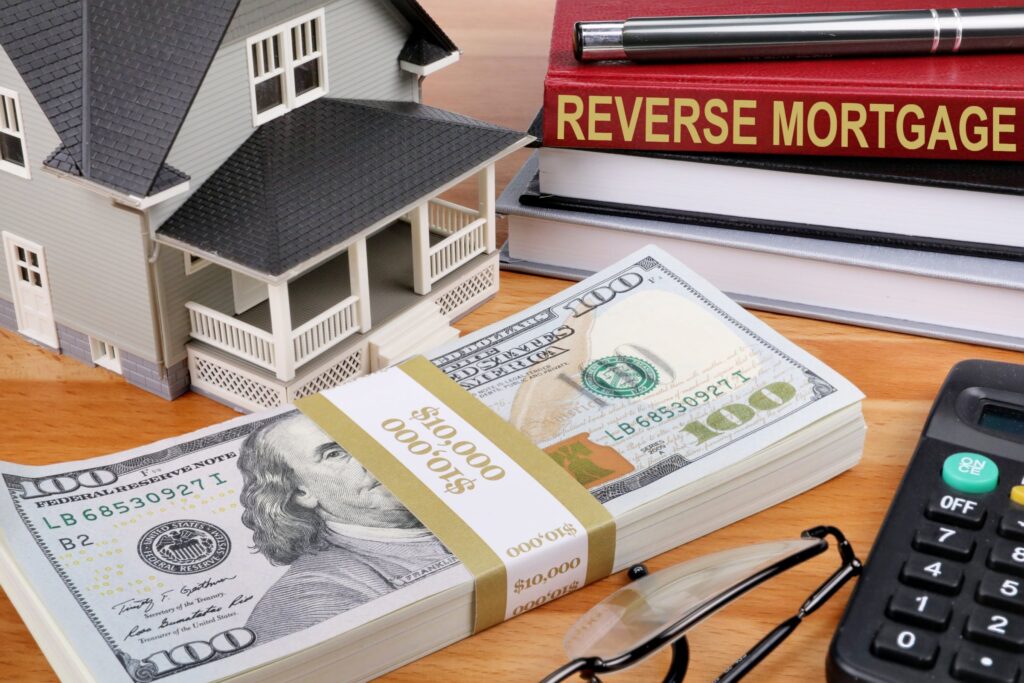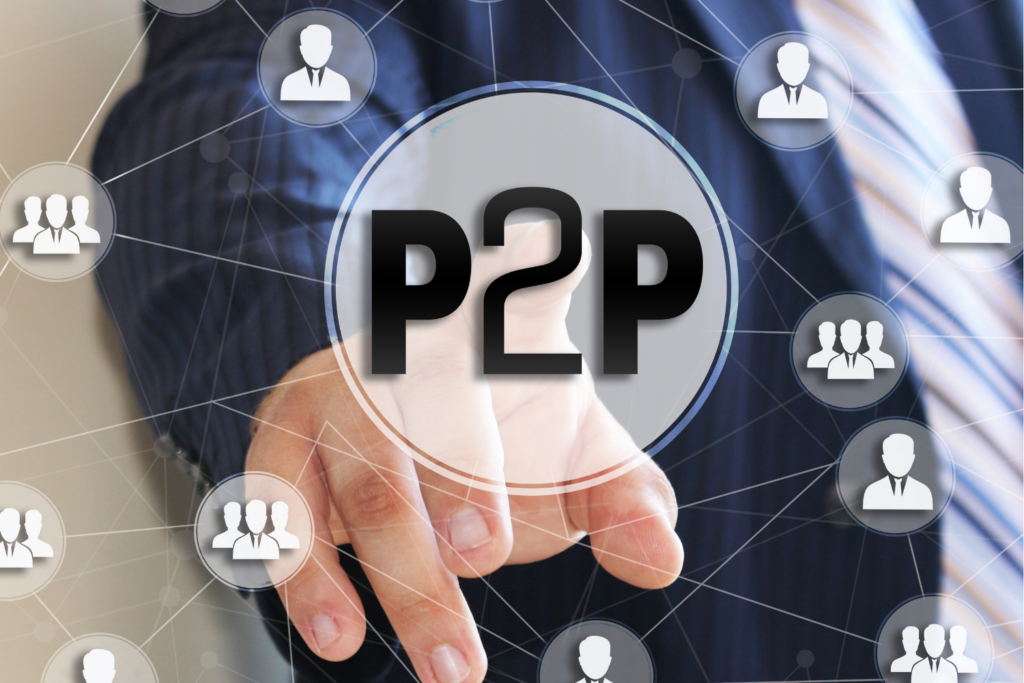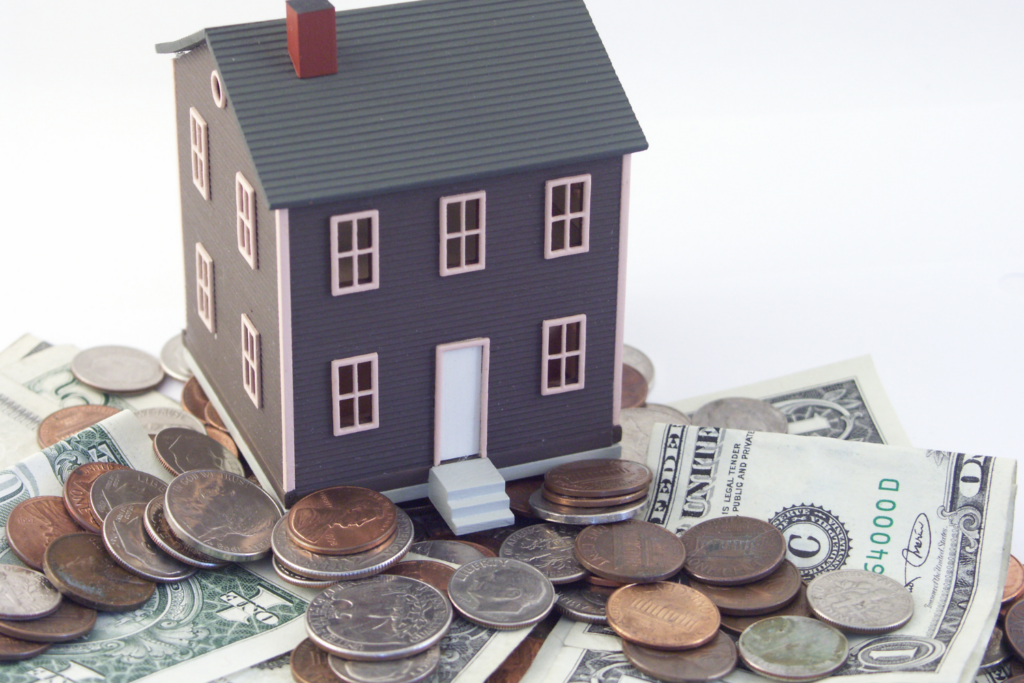
A reverse mortgage can be a valuable financial tool for seniors looking to tap into their home equity without selling their property. However, like any financial product, it comes with its complexities and conditions. This article will explore what a reverse mortgage is, when it must be repaid, how inheritance works with a reverse mortgage, and different ways to pay it off early.
Contents
What is a Reverse Mortgage?
A reverse mortgage is a type of loan available to homeowners aged 62 or older that allows them to convert part of the equity in their home into cash. Unlike a traditional mortgage where the homeowner makes monthly payments to the lender, in a reverse mortgage, the lender makes payments to the homeowner. The homeowner can receive these payments in a lump sum, through monthly installments, or as a line of credit.
The most common type of reverse mortgage is the Home Equity Conversion Mortgage (HECM), which is insured by the Federal Housing Administration (FHA). The loan does not require monthly payments, and it is typically repaid when the homeowner sells the home, moves out permanently, or passes away.
Things To Consider
When considering a reverse mortgage, there are a few additional factors and considerations that homeowners and their families should be aware of:
1. Impact on Government Benefits
- Medicaid and Supplemental Security Income (SSI): A reverse mortgage can affect eligibility for need-based government programs like Medicaid and SSI. While the proceeds from a reverse mortgage do not count as income, any funds left unspent in a bank account could be counted as an asset and may impact eligibility. It’s essential to plan carefully if you rely on these programs.
2. Loan Costs and Fees
- Origination Fees: Reverse mortgages often come with high upfront costs, including origination fees, which can be substantial. The maximum origination fee for HECM loans is $6,000.
- Mortgage Insurance Premiums (MIP): HECM loans require an upfront and annual mortgage insurance premium, which can add to the cost of the loan.
- Closing Costs: These can include appraisal fees, title insurance, and other standard closing costs that are typically rolled into the loan amount, reducing the available proceeds.
3. Interest Rates and Loan Balance
- Interest Accrual: Unlike traditional mortgages where you pay down the principal and interest over time, with a reverse mortgage, the interest accrues over the life of the loan. This means the loan balance increases over time, potentially eroding home equity.
- Variable vs. Fixed Rates: Most reverse mortgages come with variable interest rates, which can rise over time, leading to a faster increase in the loan balance. Fixed-rate options are available but may limit the amount you can borrow.
4. Home Maintenance Obligations
- Property Condition: Homeowners are required to maintain the property, keeping it in good repair. If the home falls into disrepair, the lender may require that repairs be made or could even call the loan due if the condition becomes a safety hazard.
- HOA Fees and Condo Requirements: If you live in a condo or a community with a homeowners association (HOA), you must continue paying HOA fees. Condos must meet specific requirements to be eligible for a reverse mortgage, so not all condo owners will qualify.
5. Counseling Requirement
- Mandatory Counseling: Before applying for a reverse mortgage, homeowners are required to attend counseling with a HUD-approved counselor. This session is designed to ensure that you understand the loan terms, fees, and alternatives. This step is crucial and helps prevent misunderstandings or regrets later.
6. Alternatives to Reverse Mortgages
- Home Equity Loan or Line of Credit (HELOC): For those who need to access their home equity, a home equity loan or line of credit might be a more affordable option if you have sufficient income to make monthly payments.
- Downsizing: Selling your home and purchasing a smaller, less expensive property can provide you with the cash you need while avoiding the costs and complexities of a reverse mortgage.
- State and Local Programs: Some states and local governments offer property tax relief, home repair grants, or other forms of assistance that might provide the financial help you need without taking out a reverse mortgage.
7. Impact on Heirs
- Home Ownership: If heirs wish to keep the home, they will need to repay the loan, often through refinancing or selling the property. It’s crucial to have conversations with potential heirs about your intentions and ensure they understand the implications of the reverse mortgage.
- Equity Erosion: Because reverse mortgages accrue interest and fees over time, the equity in the home decreases, which can reduce the inheritance left to heirs.
8. Loan Non-Recourse Feature
- No Deficiency Judgment: Reverse mortgages are non-recourse loans, meaning that if the loan balance exceeds the home’s value at the time of repayment, the lender cannot seek additional funds from the borrower or their heirs. The FHA insurance covers any shortfall, protecting the homeowner’s other assets.
9. End-of-Loan Events
- Options if the Loan Becomes Due: If the homeowner can no longer live in the home, they have several options, including selling the property, repaying the loan, or allowing the lender to sell the home. These decisions can have significant financial and emotional implications.
10. Borrowing Limits
- Principal Limit: The amount you can borrow with a reverse mortgage is determined by your age, the interest rate, and the value of your home. Younger borrowers typically receive less because they are expected to live longer, resulting in more interest accrual over time.
Reverse mortgages can be an excellent tool for the right individual, providing financial freedom in retirement by allowing access to home equity. However, it’s essential to fully understand the implications, costs, and long-term effects on your financial situation and that of your heirs. Consulting with a financial advisor, as well as engaging in open discussions with family members, can help ensure that a reverse mortgage aligns with your overall financial goals.
When Must a Reverse Mortgage Be Repaid?
A reverse mortgage must be repaid under certain conditions:
- The Home is Sold or the Homeowner Moves Out: If the homeowner sells the home or moves out for more than 12 consecutive months, the loan becomes due and payable.
- The Homeowner Passes Away: Upon the homeowner’s death, the loan becomes due. If there are multiple borrowers (e.g., spouses), the loan is not due until the last surviving borrower passes away or moves out of the home.
- Failure to Meet Loan Obligations: The homeowner is required to keep the property in good repair, pay property taxes, and maintain homeowners insurance. Failure to meet these obligations can result in the loan becoming due.
Different Ways to Pay Off a Reverse Mortgage Early
While reverse mortgages are designed to be repaid when the home is sold, moved out of, or after the homeowner passes away, there are ways to pay off the loan early if circumstances change or if it becomes financially prudent to do so:
- Make Voluntary Payments: Homeowners can make voluntary payments toward the loan balance. This can reduce the amount of interest that accrues over time and potentially preserve more equity in the home.
- Refinance the Reverse Mortgage: If interest rates drop or the home’s value increases, refinancing the reverse mortgage might make sense. This can lead to a lower interest rate or access to additional equity.
- Sell the Home: Homeowners can sell the property and use the proceeds to pay off the loan. This option might be considered if the home has appreciated significantly or if the homeowner wishes to downsize.
- Apply for a Conventional Loan: If financially feasible, a homeowner could take out a conventional mortgage or home equity loan to pay off the reverse mortgage. This could be beneficial if interest rates on conventional loans are lower than the rate on the reverse mortgage.
How Inheritance Works with a Reverse Mortgage
When a homeowner with a reverse mortgage passes away, the heirs have several options:
- Repay the Loan and Keep the Home: The heirs can choose to repay the reverse mortgage and keep the home. The amount owed will be the lesser of the loan balance or 95% of the home’s appraised value. If the loan balance exceeds the home’s value, the heirs are not responsible for the difference.
- Sell the Home: The heirs can sell the home to repay the reverse mortgage. Any proceeds from the sale beyond the loan balance belong to the heirs.
- Allow Foreclosure: If the heirs do not wish to keep the home or cannot repay the loan, they can choose to allow the lender to foreclose on the property. The lender will sell the home to repay the loan, and any deficiency between the sale price and the loan balance is covered by the FHA insurance, meaning the heirs are not liable.
Conclusion
Reverse mortgages can provide financial relief for seniors by unlocking the equity in their homes. However, understanding the conditions under which the loan must be repaid, the implications for inheritance, and the options for early repayment is crucial for making informed decisions. Consulting with a financial advisor or a reverse mortgage specialist can help homeowners and their families navigate this complex financial product effectively.
Featured Image Source: Pix4Free




